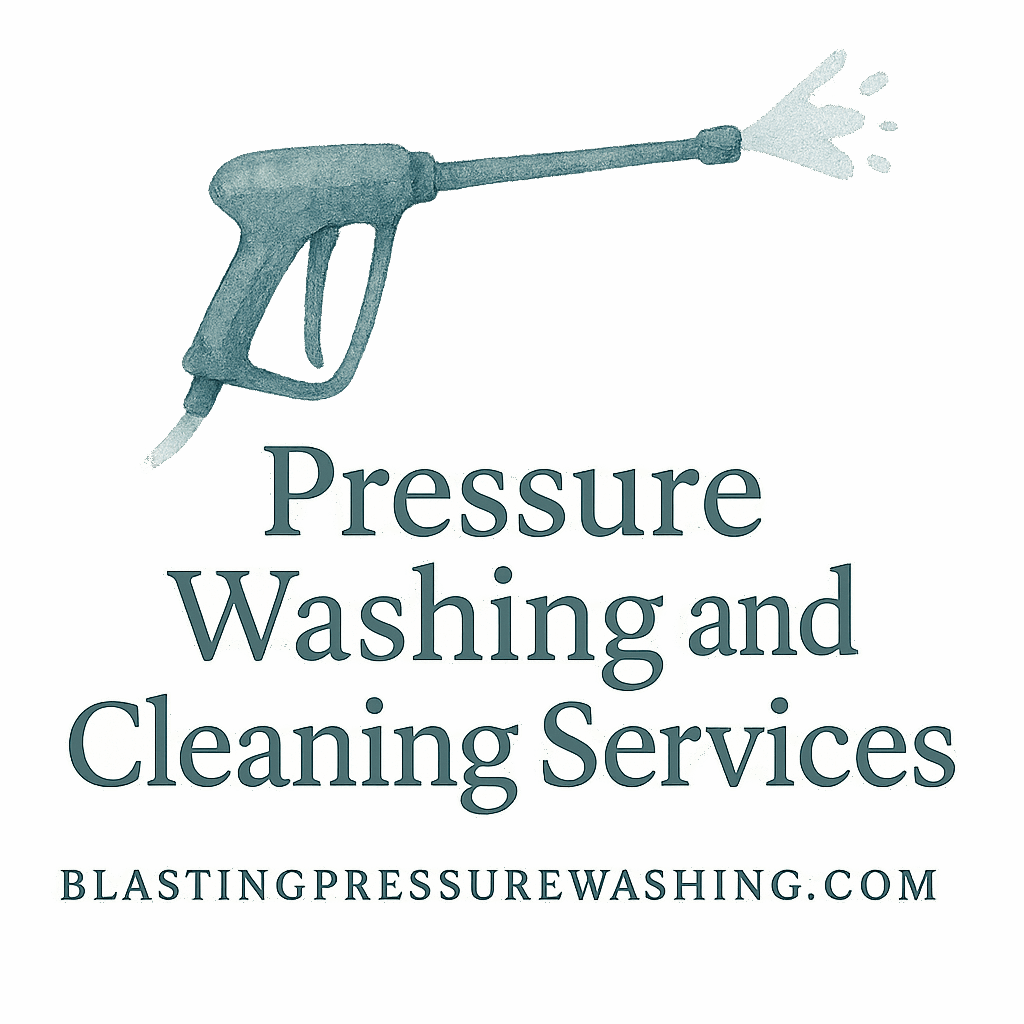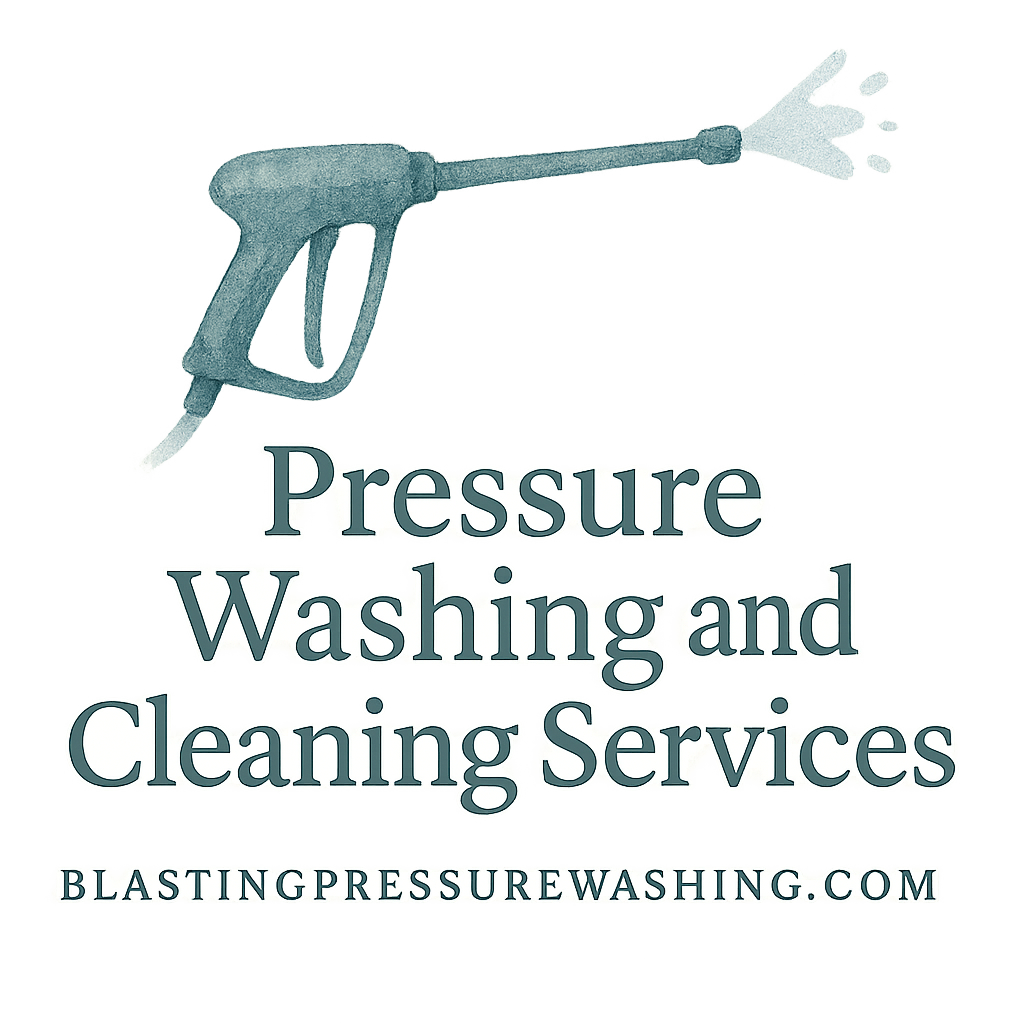Introduction: Why Pressure Washing Can Be a Double-Edged Sword
Let’s face it—pressure washing feels like magic. One blast and years of dirt vanish. But while it’s satisfying to watch the grime melt away, one wrong move could mean a costly repair. That’s why knowing the right pressure washing techniques is crucial—because power without precision leads to damage.
In this guide, we’re diving into five smart techniques to prevent surface damage while keeping your property sparkling clean. If you’ve ever left streaks on your siding or splintered your deck by mistake, this one’s for you.
P.S. Don’t miss the top pressure washing tips and tools trusted by pros!
Understanding Surface Sensitivity
Different Materials, Different Rules
Pressure washing isn’t a one-size-fits-all task. What works for concrete could destroy wood. You wouldn’t scrub your glasses with sandpaper, right? The same logic applies here.
- Concrete: Can handle high PSI (pounds per square inch)
- Wood: Needs a gentle touch
- Vinyl siding: Tolerates medium pressure
- Roof shingles: Should never be pressure washed directly!
Understanding your surface is step one to keeping it intact.
Common Surfaces Vulnerable to Damage
- Painted surfaces – easily stripped
- Stucco – can crumble under intense pressure
- Old wood – prone to splintering
- Asphalt shingles – water intrusion hazard
- Brick/mortar – over-pressuring erodes the binding material
Want to know which surfaces are pressure-wash safe? Our residential cleaning guide has you covered.
The Risks of Improper Pressure Washing
Etching and Pitting
This happens when the pressure literally cuts into the surface, leaving permanent scars. Concrete is especially vulnerable when too much pressure is applied at close range.
Paint Stripping and Wood Splintering
Ever seen paint peel in sheets after a pressure wash? That’s because the washer was too powerful or the nozzle too narrow. Similarly, old or untreated wood can fray like cheap fabric.
Water Infiltration Issues
When water gets forced behind siding or into crevices, it doesn’t just vanish. It sticks around and breeds mold, mildew, or even rots wood framing.
For safe, effective alternatives, browse our eco-friendly pressure washing techniques.
Technique 1: Using the Right Nozzle for the Job
How Nozzles Affect Pressure
Nozzles aren’t just color-coded for fun—they dictate the water stream’s intensity and spread. A 0° nozzle is like a laser beam. Great for concrete, terrible for wood.
| Nozzle Color | Angle | Use |
|---|---|---|
| Red (0°) | Concentrated stream | Tough concrete stains |
| Yellow (15°) | Narrow spray | Paint prep |
| Green (25°) | General cleaning | Decks, siding |
| White (40°) | Gentle spray | Windows, vehicles |
| Black (65°) | Soap application | Pre-rinse and detergent use |
For more on matching nozzles to the task, our tools and techniques guide is a great resource.
Choosing Based on Surface Type
Pick a nozzle that suits your surface:
- Siding? Go with white or green.
- Driveway grime? Use yellow.
- Applying detergent? Black’s your buddy.
Technique 2: Maintaining a Safe Distance
Why Closer Doesn’t Mean Cleaner
Standing too close is the #1 rookie mistake. It feels intuitive—closer must equal cleaner, right? Wrong. That proximity concentrates pressure in a tiny area, increasing the risk of damage.
Best Practices for Distance
- Stay at least 12–18 inches away for most surfaces
- For softer materials like wood or painted siding, extend to 24 inches
- Start far, then slowly move in if needed
Don’t forget: consistent distance = even clean. No zebra stripes!
Technique 3: Starting with Low Pressure
Test Before You Blast
Before you go full throttle, always test a small, hidden area first. This gives you a sense of how the material reacts without ruining your whole wall or patio.
Benefits of Starting Low
- Prevents surface gouging
- Lets you fine-tune pressure settings
- Avoids detergent over-saturation
Pro tip: Combine this with eco-safe products from our recommended cleaning agents.

Technique 4: Proper Angle and Movement
Keep It Moving
Imagine holding a hot iron on your shirt for too long. That’s what you do to surfaces when you hover too long with your pressure washer. Always move in steady, sweeping motions.
Best Spray Angles to Reduce Damage
- 45-degree angle for siding and wood
- Avoid spraying directly upward, especially under rooflines and eaves
- Maintain parallel movement with the grain on decks and fences
Technique 5: Using the Right Cleaning Agents
Why Water Isn’t Always Enough
Sometimes water alone just can’t cut it. Grease, mold, and years of buildup need a boost. That’s where detergents and cleaners come in—but use the right ones or risk chemical burns on your surfaces.
Surface-Safe Detergents and Eco-Friendly Options
Look for labels that say:
- Biodegradable
- Safe for wood or concrete
- Non-corrosive
Avoid bleach-heavy mixes on plants and lawns. Want safe yet effective solutions? Check out our curated pressure washing chemicals and their uses.
Real-Life Mistakes and Lessons Learned
A homeowner in Florida used a 0° nozzle on their cedar siding and turned it into shredded wheat. Another used a harsh cleaner on brick, causing it to flake. The lesson? Shortcuts aren’t worth long-term regret.
How to Spot Surface Damage Early
- Discoloration or fading after washing
- Splintering on wood panels
- Loose paint chips
- Water spots or mildew appearing post-wash
If any of these show up, pause and assess. Don’t wait until it worsens.
When to Call in the Pros
Sometimes it’s better to trust the pros—especially with delicate surfaces like roofs or historic brickwork. Professional cleaners know the correct techniques, detergents, and tools to prevent damage.
Book your trusted local team today at Blasting Pressure Washing.
Protecting Your Home’s Value
A clean home looks great, but a damaged one costs you—both in repairs and resale value. Proper pressure washing preserves your exterior and boosts curb appeal. Learn more about the benefits and safety of pressure washing.
Conclusion
Pressure washing is powerful—but only when done right. Whether you’re cleaning your deck, driveway, or siding, avoid damage by following these five essential techniques:
- Choose the right nozzle
- Keep a safe distance
- Start with low pressure
- Spray at proper angles
- Use safe, surface-appropriate cleaners
Want to dive deeper? Our experts at Blasting Pressure Washing are ready to help you tackle your next cleaning project safely and effectively.
FAQs
1. Can pressure washing ruin concrete?
Yes, if done incorrectly. Using a 0° nozzle or too high pressure can cause etching and pitting.
2. Is it okay to pressure wash windows?
Only with a low-pressure, wide-angle nozzle. Use the white (40°) nozzle and stay 2 feet away.
3. What detergent is safe for pressure washing wood?
Use biodegradable, wood-safe detergents. Avoid bleach or ammonia-based cleaners.
4. How often should I pressure wash my home?
Once a year is standard, but homes near the coast or heavy tree cover may need bi-annual cleaning. See our seasonal tips.
5. What’s the best pressure for vinyl siding?
1,300–1,600 PSI is ideal. Use a 25° or 40° nozzle for even coverage.
6. Should I pressure wash before painting?
Absolutely. It removes dirt, mildew, and loose paint. Just let the surface dry completely before painting.
7. Can pressure washing help with mold and algae?
Yes, especially when combined with anti-fungal detergents. Visit our tagged cleaning solutions for details.


